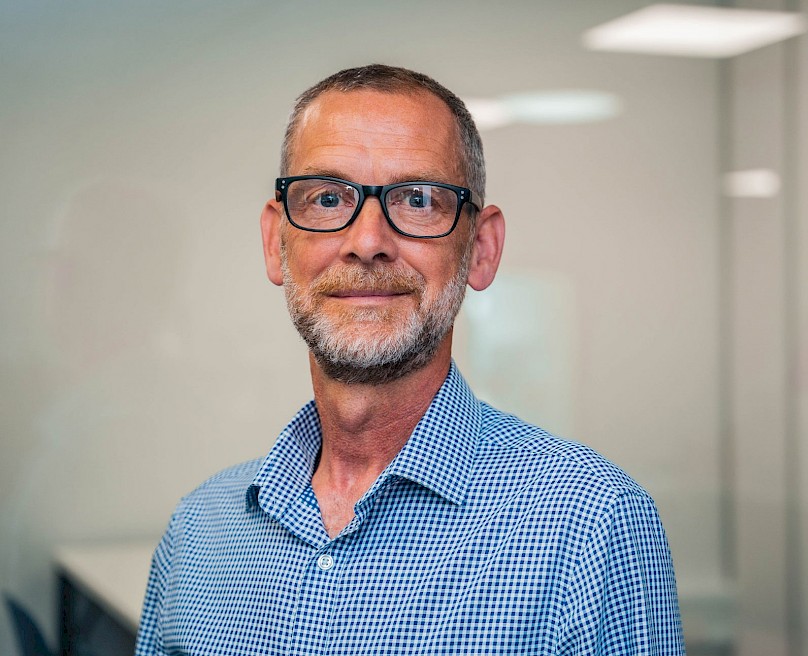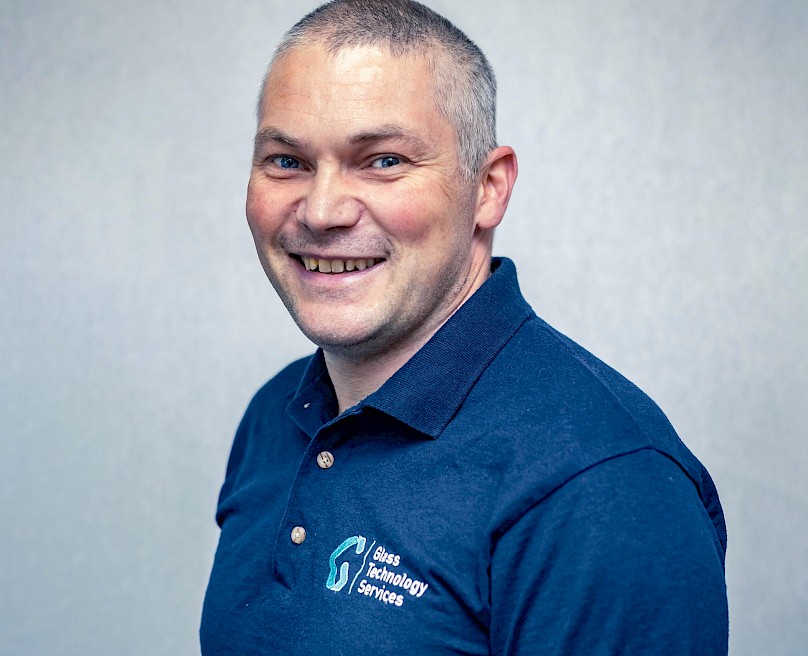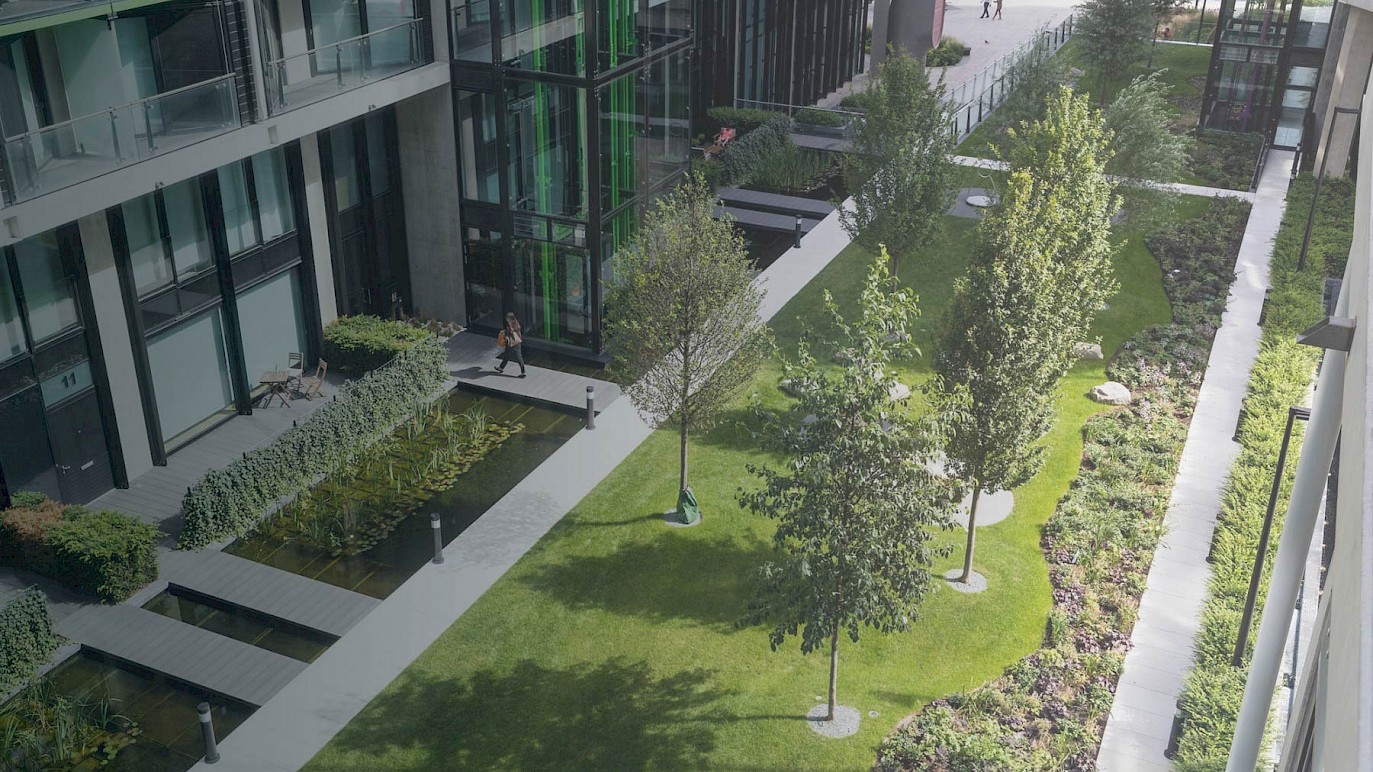We work with companies throughout the glass supply chain on environmental projects such as recycling schemes, glass re-use and specialist raw material recovery, lightweighting of glass products, and environmental impacts.
Environmental consultancy
Our environmental consultancy support spans all stages of the glass process, from raw material supply and manufacture, through to use and disposal. We can advise on environmental and sustainability issues, or undertake larger projects involving multiple partners, such as local universities, funding agencies and private companies.
Our experts assess new concepts, end-uses and methods, and improve glass manufacturing processes. They do this using
- in-house laboratories
- on-site mobile laboratory analysis
- dedicated facilities for glass development
- Pilot-scale glass manufacturing and testing
This demonstrates an unrivalled competence in environmental issues across the glass sector, waste stream and recycling.
Environmental services leadership and expertise
We have built an unrivalled reputation in the field of glass related environmental and sustainability projects and consultancy. We have an established portfolio of large-scale projects and shorter studies, carried out for both private companies and agencies such as the Waste and Resources Action Programme, Carbon Trust, Yorkshire Forward and Recycling Action Yorkshire.




